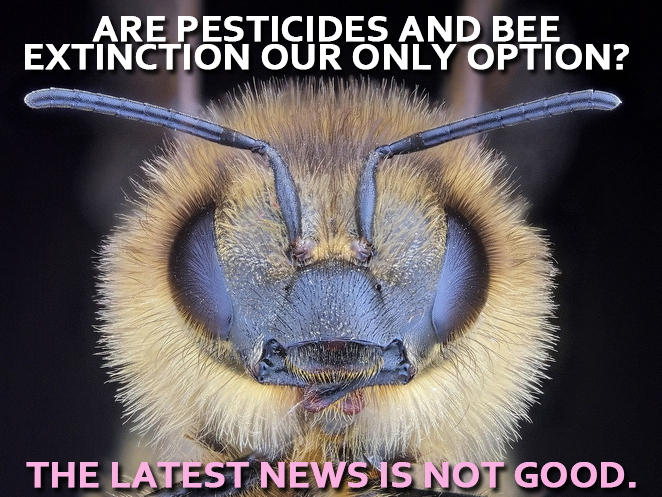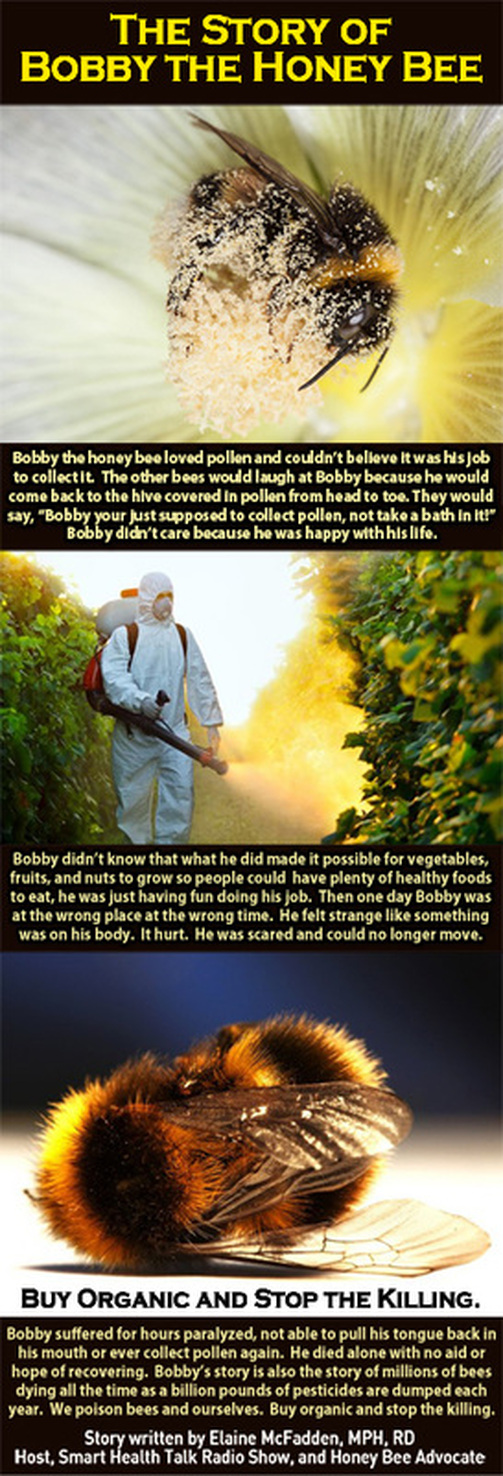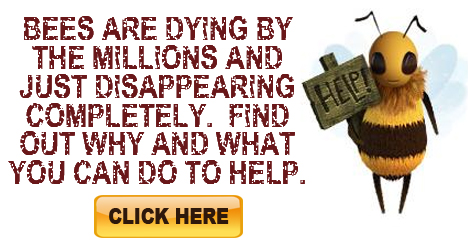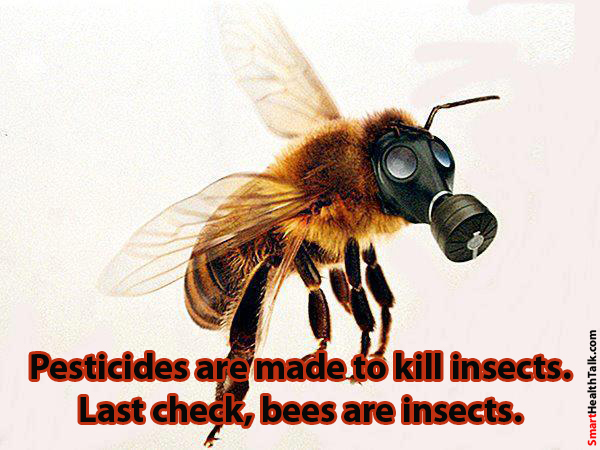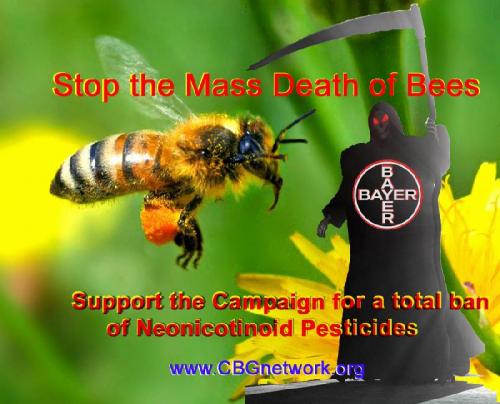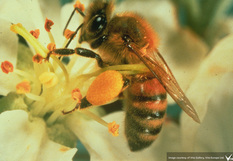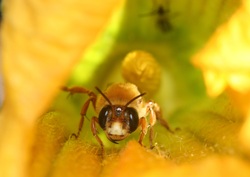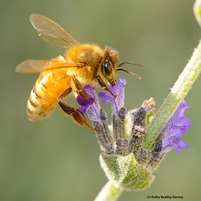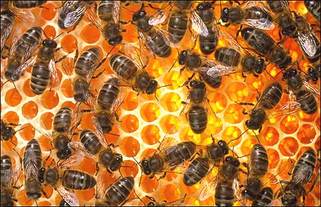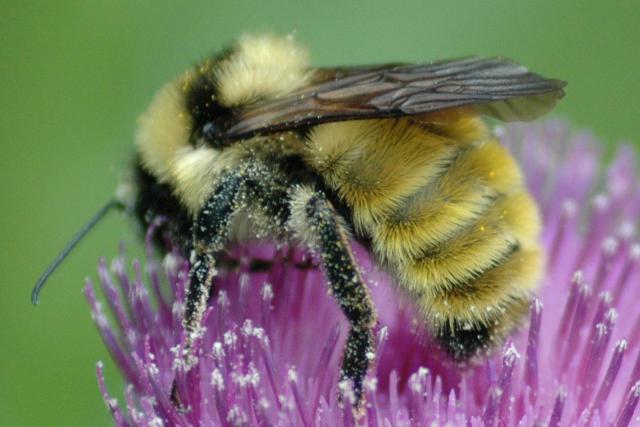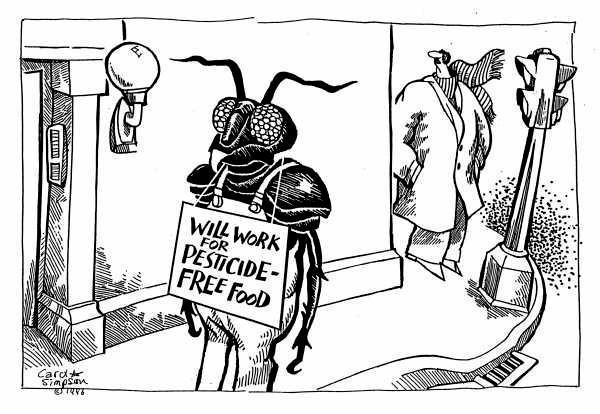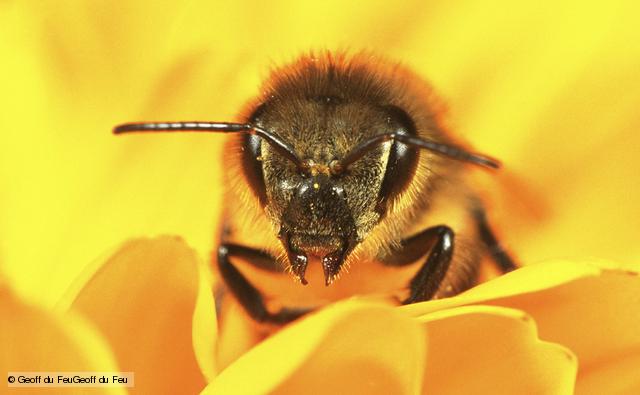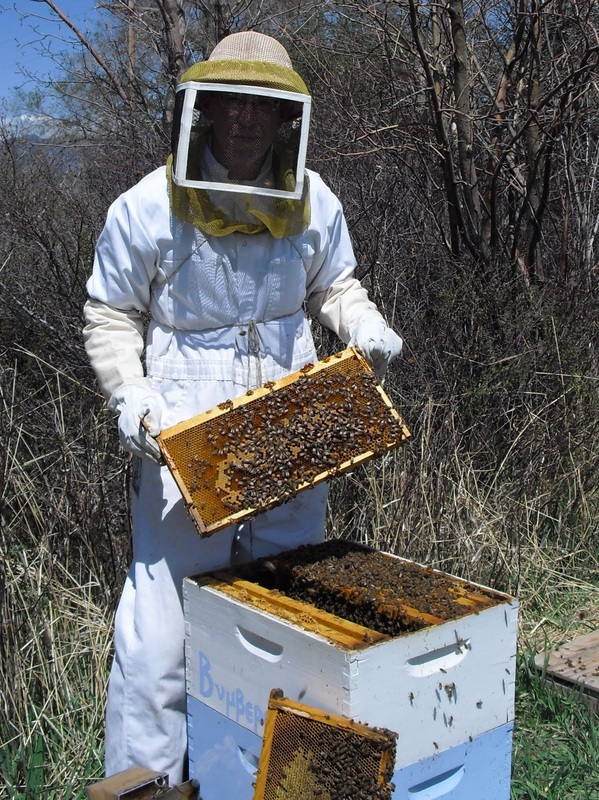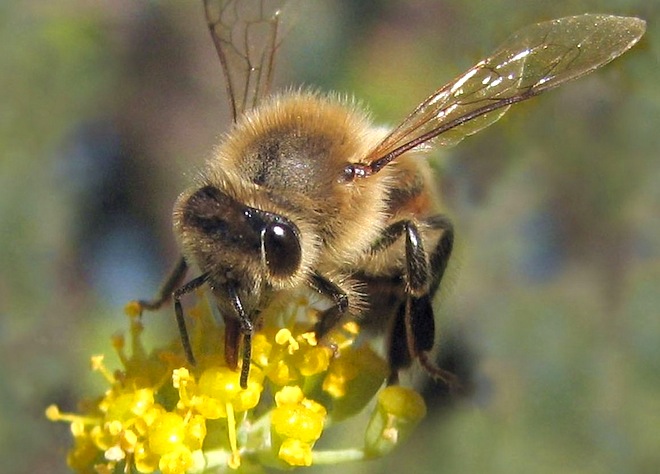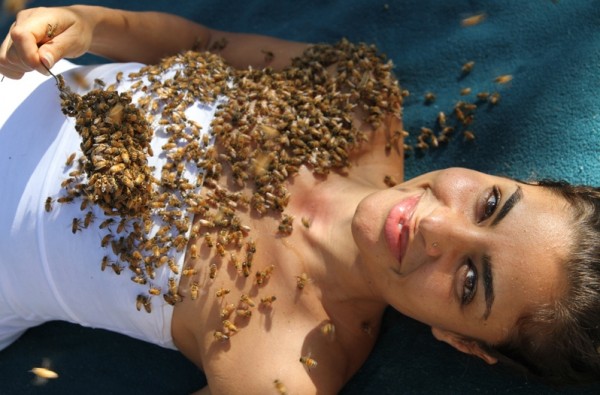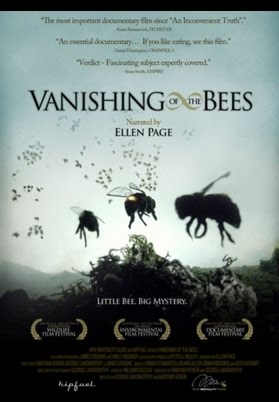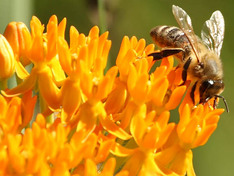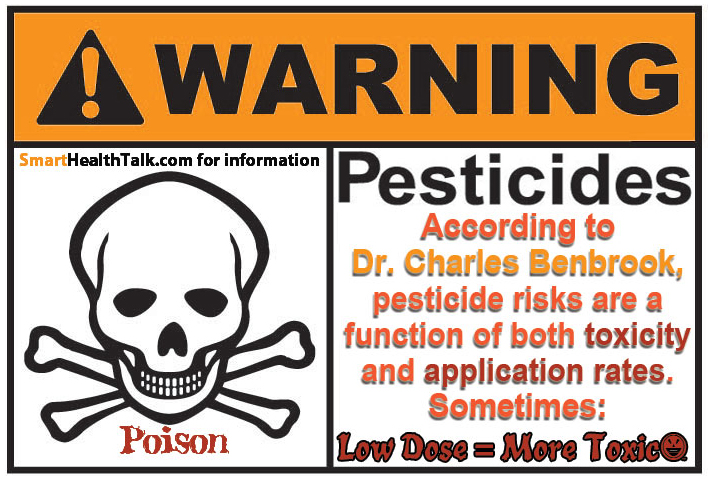|
|
Why are so many bees dying? We all need to know.
|
|
|
|
This is the story of Bobby the Bumble Bee
This infograph is great for a snapshot, but for those wanting to learn more, keep scrolling down to the bottom because more information below.
Blamed for Bee Collapse, Monsanto Buys Leading Bee Research Firm
|
Bees work tirelessly to help produce food for us to eat, but we are torching and killing them with pesticides that can be avoided. Pesticide makers want to continue the practice so farmers are slaves to their poison and GMO seeds.
Bees are counting on us to stand up to pesticide makers. Don't allow pesticides on your food. Who wants poisoned food? No one! Tell them to stop it or you won't buy it.
Bees are defenseless against our toxic pesticides and are dying by the millions around the world.
Read a beekeepers story on how colony collapse disorder is killing his bees.
Bees pollinate over 120 foods.
Maryam Henein is a Director documentary Vanishing Bees. Watch and find out what their investigation uncovered.
Vanishing of the BeesBees and other beneficial insects not only pollinate, but control destructive insects "Integrated Pest Management" (IPM). Instead of spraying pesticides, we should make it safe and easy for the insects that help us work. Not kill them off so we need insect robots.
Just a few of the over 120 foods bees pollinate.
Find out what the top pesticide scientist, Dr. Charles Benbrook has to say about how it's impacting our children and overall health. Risks from eating them and being exposed in environment.
|
|
|
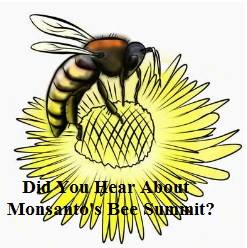
Did you hear about Monsanto's Bee Summit?
Best selling pesticides are under fire from environmental and food activists who say the chemicals are killing off millions of bees. The companies say their pesticides are not the problem http://www.reuters.com/.../us-usa-bees-idUSBRE94J0MK20130520 http://www.fastcoexist.com/... http://www.stltoday.com/... 1. Monsanto Holds Bee Summit With Beekeepers | Off The Grid News www.offthegridnews.com/2013/06/25/ monsanto-holds-bee... Cached Monsanto held a Bee Health Summit to “introduce” the company to beekeepers. Those who have been fighting cold brood and a loss of. queens to Roundup ... 2. What Really Happened At Monsanto's Bee Conference | Co.Exist ... www.fastcoexist.com/...happened-at- monsantos-bee-conference Cached What Really Happened At Monsanto's Bee Conference. Monsanto’s chemicals have been partially blamed for the massive bee die-off. So could the company really host an ... 3. stltoday.com - Monsanto hopes to win over beekeepers with ... www.stltoday.com/business/local/ monsanto-hopes-to-win... Cached At the close of Monsanto Co.’s “Bee Health Summit” Thursday, at least a few beekeepers in attendance were still a little incredulous about where they’d just ... 4. Monsanto, Bayer seek answers to bee losses - NBC News.com www.nbcnews.com/business/monsanto-bayer- seek-answers-bee... Cached Monsanto is hosting a "Bee Summit." Bayer AG is breaking ground on a "Bee Care Center." And Sygenta AG is funding grants for research into the accelerating ... 5. Attending the Honey Bee Health Summit | Beyond the Rows monsantoblog.com/.../attending-the- honey-bee-health-summit Cached Reflection on honey bee health conference hosted by Project Apis m. and the Honey Bee Advisory Council at Monsanto. 6. Controversial Agrichemical Company Monsanto Holds Bee Health ... www.natureworldnews.com/...company- monsanto...bee-health.htm Cached Controversial agrichemical company Monsanto announced recently the close of the first-ever "Honey Bee Health Summit" held in an effort, according to the company, to ... 7. Bee Summit | Beyond the Rows monsantoblog.com/tag/bee-summit Cached Four recent articles on honey bee health cover a range of subjects – the science behind current research efforts, background on what has been happening with bee ... 8. Monsanto Hosts Honey Bee Health Summit - Everything PR - The ... everything-pr.com/monsanto-hosts-honey- bee-health-summit/... Cached Yesterday, Monsanto Company announced having held a “first-of-its-kind” Honey Bee Health Summit to be hosted by Project Apis m. (PAm) and Monsanto’s Honey Bee ... 9. Monsanto stung by drop in bee population - St. Louis Business ... www.bizjournals.com/.../monsanto-abuzz- over-bee-summit.html Cached Monsanto Co., Bayer AG and Syngenta AG are all launching initiatives focused on the declining number of honeybees in the United States, as critics place the blame for ... 10. Honey Bee Health Summit Overview Beeologics www.beeologics.com/honey-bee-health- summit The Honey Bee Health Summit was held on June 11-13, 2013 in St. Louis, MO at Monsanto’s Chesterfield Village Research Center. A full Summit Summary and Key ... |
|
|
